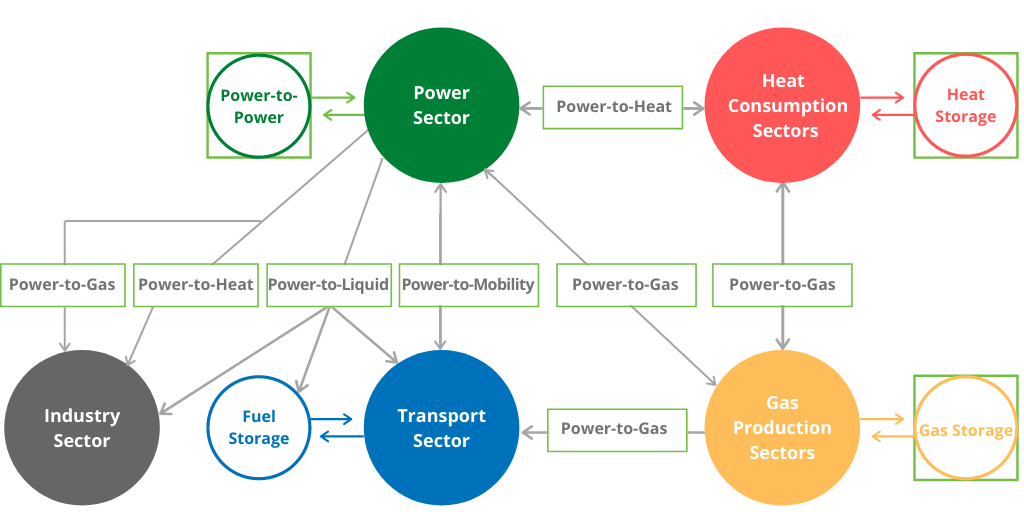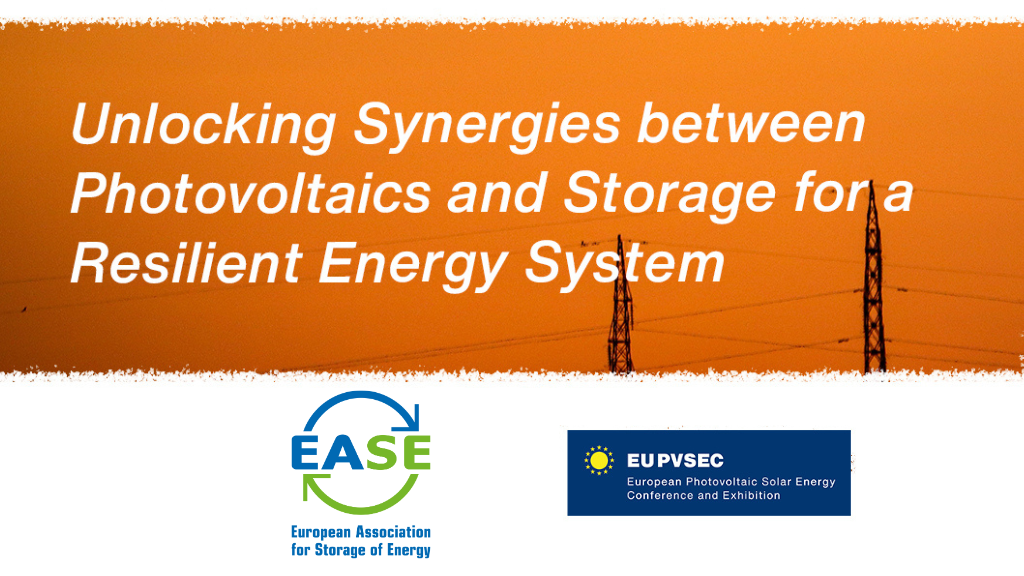12.11.2020 / News
Smart Sector Integration is a Puzzle that Energy Storage Can Help Solve
Clean and smart solutions that allow for the cheapest route to decarbonisation, and the transition to a greener energy mix, while supporting the competitiveness of European industry, are essential to the achievement of a truly integrated and greener energy system in a cost-competitive way. This is well reflected in the European Commission's strategy for smart sector integration: a cornerstone in the transition to a greener energy system and in the European Green Deal.
In one sentence, smart sector integration is about linking up different economic sectors and unlock synergies through direct and indirect electrification. Smart sector integration is achieved through stronger links between the electricity, gas, buildings, transport, industry sectors – to name a few – while relying on renewable energy sources through smart, cost-competitive solutions.
Energy storage technologies are key for smart sector integration as they allow us to store excess energy and discharge it when there is too little generation or too much demand and provide flexibility across different sectors at different time-scales, seconds, minutes, hours, weeks, and even over seasons.
Energy storage deployment facilitates direct and indirect electrification of different sectors, helping decarbonise and interlink, among others, transport, Industry, and heating and cooling. The image below shows the role played by energy storage technologies in a smart sector integration context.

The green squares represent storage solutions and, demonstrate how energy storage is key at interlinking different sectors through a wide array of technologies and solutions. Energy storage deployment facilitates direct and indirect electrification of different sectors; and it reduces CO2 emissions, contributes to meeting the climate objectives, and guarantees secure and affordable services to consumers.
Finally, it is key to have a “smart” sector integration to seize the opportunities provided by digitalisation, automation for a cost-efficient, secure, and consumer-centric energy system. There is a dramatic amount of untapped potential – as an example, consider the value of digitally-enabled energy storage aggregation to the electricity system.
Of course, there are barriers to smart sector integration: for example, stronger business cases are needed; and legislation still lags behind. Luckily, at the moment, there is significant activity at the EU regulatory level. And EASE is definitely happy to see this. There is momentum, and this momentum can lead to new, ambitious policies that are able to push for decarbonisation and that recognise energy storage’s role.
EASE looks into the topic of smart sector integration in its different Task Forces. EASE has published its response to the Future EU Strategy for Smart Sector Integration public consultation and prepared analyses for its members.




